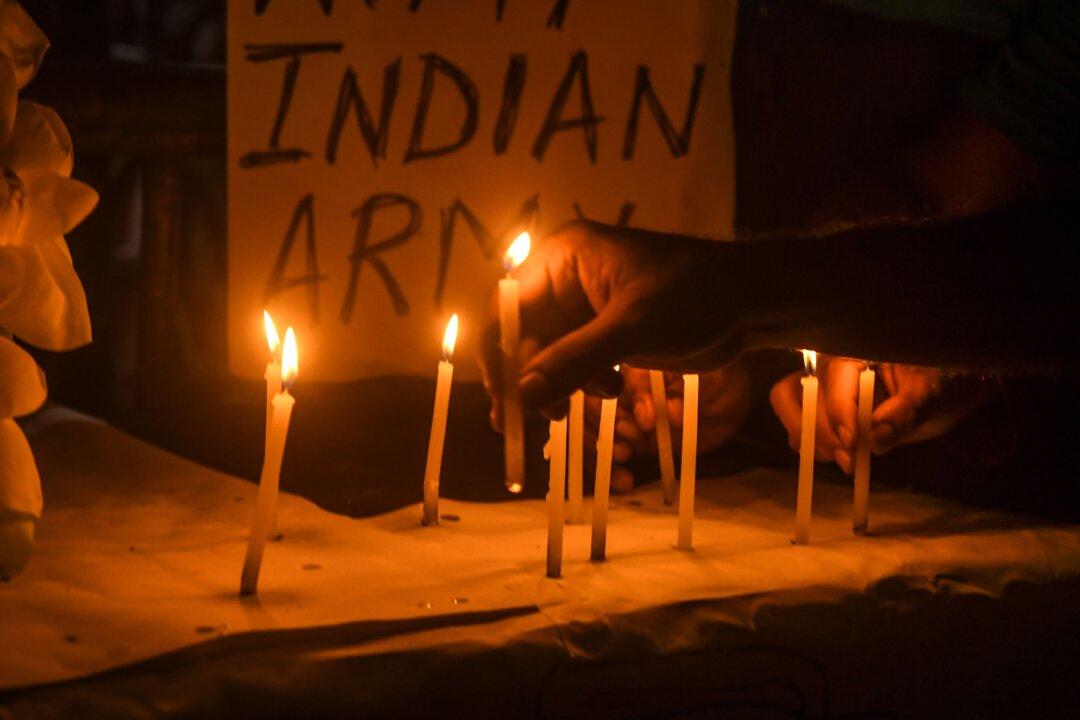The recent border conflict that resulted in the death of 20 Indian soldiers on the India–China border has changed the region’s power dynamics, according to experts, who say the conflict has made it impossible for India to ever go back to a pro-China narrative, bringing it closer to the United States.
Chandra Mishra, a New Delhi-based former journalist and current political analyst, told The Epoch Times that India has no option left but to seek U.S. support to stand up to Chinese hegemony.





